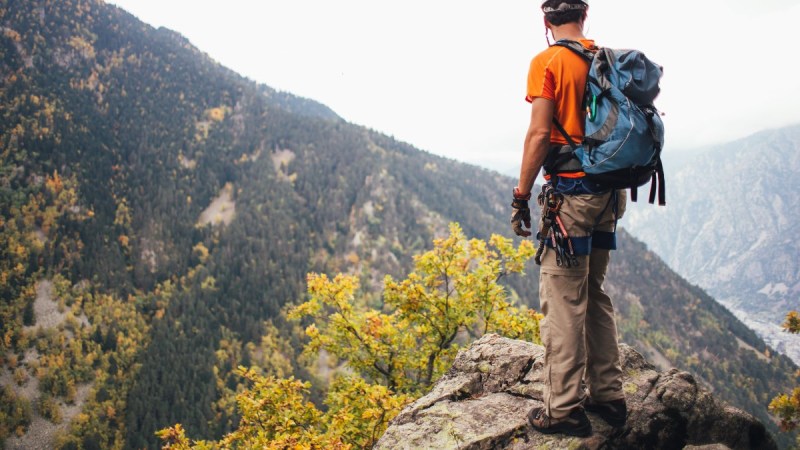
If you are backpacking at a high elevation, you should be aware of altitude sickness. It is possible to get sick from ascending from a low altitude to greater heights, and altitude sickness can ruin your time on the trail. If severe enough, it can even pose a threat to your health. However, it catches many hikers unaware, even at higher levels of experience.
The good news is that mild and moderate cases are easy to treat. You can prevent altitude sickness in simple ways before you hit the trail.

What is altitude sickness?
As the elevation rises, the air gets thinner and the air pressure decreases. The human body reacts to these changes as it ascends to higher altitudes, and some people are more sensitive to these changes. Altitude sickness, also known as mountain or elevation sickness, may strike even if you’re in shape and experienced in the wilderness. It’s most commonly experienced at elevations of 7,000 feet or higher, although any ascent made too quickly can cause it.
Some factors that can increase your sensitivity to the elevation around you include:
- Traveling into a high-altitude area quickly, such as on a plane or by car.
- Being sick when you increase elevation. Even minor discomfort can make you susceptible to these atmospheric nuances.
- Prior episodes of altitude sickness.
- Living in a low-altitude location.
- Certain health conditions, such as pregnancy, heart failure, or COPD.
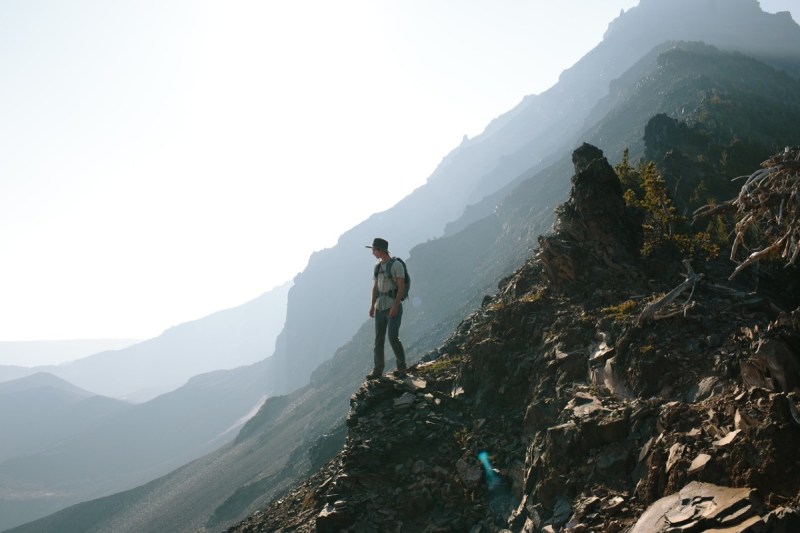
What are the symptoms of altitude sickness?
Altitude sickness is tricky because it can be mistaken for other ailments. Nausea, vomiting, and loss of appetite are common symptoms of altitude sickness, so sufferers might worry about stomach bugs or the flu. Shortness of breath, insomnia, and dizziness can make it seem like something very serious. However, these are symptoms of mild altitude sickness and are easy to treat.
More severe cases of altitude sickness are cause for concern. These include prolonged shortness of breath, even when resting, as well as coughing that produces white or pink foam, confusion, and lack of coordination. The lips and skin may also turn blue as the body tries to get enough oxygen from the thin air.
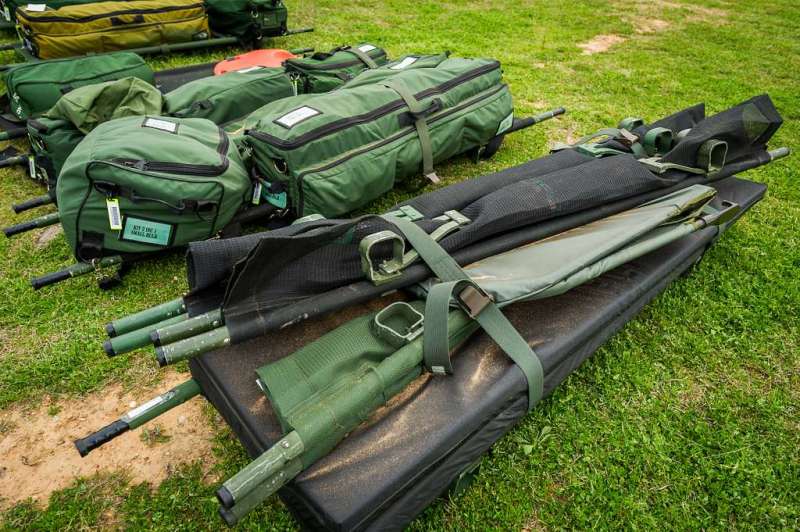
Can altitude sickness be deadly?
The most severe cases of altitude sickness are rare, but they need to be addressed medically as soon as possible. High-altitude pulmonary edema (HAPE) is fluid in the lungs, which can make sufferers feel like they are suffocating and unable to catch their breath. High-altitude cerebral edema (HACE) is fluid on the brain that causes erratic behavior, headaches, and confusion.
Both HAPE and HACE can be deadly if not treated immediately. If you or one of your trail partners shows signs of either condition, get to a lower altitude and seek medical attention right away. HAPE and HACE require hospitalization and possibly some testing, such as MRIs or CT scans, to check for fluids. If you suspect a case of either condition, don’t wait.

How do I treat altitude sickness?
Fortunately, mild and moderate cases of altitude sickness can be easy to treat before hitting the trail. The most important thing is to allow your body to get used to the elevation. This may require moving yourself to a location 1,000 to 2,000 feet lower.
Over-the-counter medicines like aspirin and antacids can help mitigate the other symptoms. It is also important to drink plenty of water and try to eat. Take it easy and avoid smoking and alcohol. Don’t climb to higher elevations. The symptoms should subside within a couple of days.
Moderate cases may require more powerful altitude sickness treatments. If symptoms persist despite using over-the-counter remedies or you have trouble doing everyday tasks, it might be time to see a doctor. Descend to a lower elevation and have yourself checked for fluids on the brain or lungs. If none are found, the doctor will likely prescribe stronger medicines for the symptoms. These may include acetazolamide, which can help your body get more oxygen and help with recovery. It’s important to avoid strenuous exercise while recovering, so you shouldn’t get on the trail for at least three days.
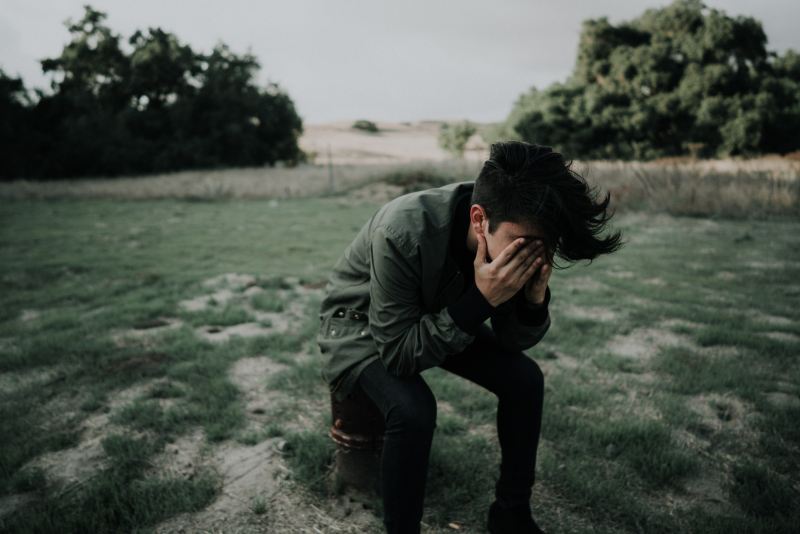
How do I prevent altitude sickness?
Altitude sickness is also easily preventable. If you know you are going to a higher elevation than your home, you can plan ahead to mitigate the symptoms. If you have ever had altitude sickness before, you are more likely to get it again.
Check in with your doctor
It may help to see your doctor before you leave, especially if you know you are sensitive to elevation. The doctor can give you advice based on your personal health, as well as prescribe any altitude sickness treatments you may need. However, it’s important not to use these treatments unless you need them, as they are not preventatives.
Travel gradually
If you can ascend slowly, your body will have plenty of time to get acclimated to the elevation. When you arrive at your destination, spend a day or two at a lower elevation. Many high-altitude trails have “glamping” grounds nearby, which are great places to acclimate while still getting to take in the sights. If you prefer, there are usually hotels and short-term rentals close to the heads of many major trails, where you can rest and relax.
Don’t hit the trail until you have acclimated. Strenuous activity will make your symptoms worse and make your backpacking miserable and potentially dangerous. If you experience symptoms for more than three days, consider postponing your journey until another visit.
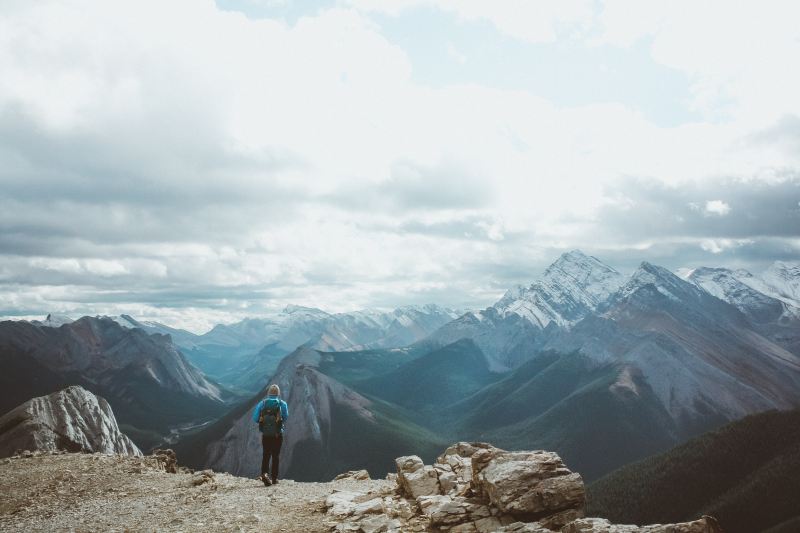
Don’t let high altitudes get you down
Even if you’ve never had altitude sickness before, it is good to be aware of it and how to treat it. Untreated altitude sickness can get worse and lead to injury, so if it’s affecting you or your group, make sure to treat it right away. Altitude sickness doesn’t have to ruin your hike if you’re ready for it.
Editors' Recommendations
- Why you need a great skiing or snowboarding helmet: Scientists say your brain can’t heal itself
- Yellowstone National Park tip: Don’t dangle your baby near an elk like the guy in this video
- Optimized Overlanding’s new $25K pop-up camper has everything you need for off-grid adventuring
- The North Face is now making GORE-TEX denim because why not
- New Garmin tactix 7 AMOLED Edition may be the perfect smartwatch for deep-country camping and hiking




